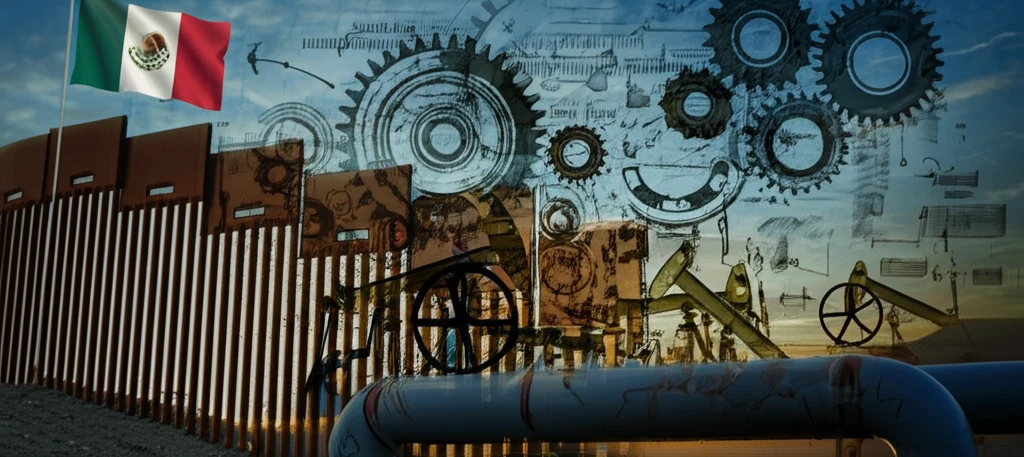
Beyond NAFTA: Unmasking the Real Risks to North America's Natural Gas Future
"Forget tariffs and trade deals, the future of natural gas in North America hinges on infrastructure, internal policies, and a surprising 100-year-old law."
In September 2018, the Trump administration unveiled the United States-Mexico-Canada Agreement (USMCA), a revamped version of the 1994 North American Free Trade Agreement (NAFTA). The immediate question on many minds was: What will this mean for the thriving trade of gas and oil across North American borders?
While trade agreements inevitably grab headlines, the reality is that the cross-border flows of oil and gas are not significantly dictated by these policies. The real drivers lie elsewhere: international oil prices, investments in domestic petroleum infrastructure, and the ever-present regulatory landscape.
Instead of tariffs, the story is about internal industry barriers and domestic policies. While recent reviews of the USMCA have focused on tariffs, dispute resolution, and sunset clauses, it's time to dig deeper into what truly shapes the energy trade between the United States, Mexico, and Canada.
The Pipeline Paradox: Efficiency vs. Monopoly

Oil and gas stand apart from other commodities due to their reliance on pipelines for efficient long-distance transport. The concept is far from new: Samuel Van Syckel pioneered the first oil pipeline in Pennsylvania in 1864, replacing legions of teamsters on muddy roads. This innovation, however, birthed a persistent challenge.
- Engineering Efficiency: Pipelines provide an unmatched ability to move oil and gas across long distances.
- Monopoly Concerns: The control of pipelines can lead to market dominance and potential abuse.
- Regulatory Balancing Act: Governments constantly adjust policies to ensure fair access and prevent monopolies.
- Historical Context: The challenges of pipeline development have shaped energy policy for over a century.
Looking Ahead: The Real Drivers of North American Energy
The future of North American oil and gas trade hinges less on trade agreements and more on internal policies, infrastructure investments, and political decisions. Whether it's Mexico's potential ban on fracking or the century-old US legislation affecting crude oil pipelines, these factors will continue to shape the energy landscape, irrespective of the USMCA's provisions. Ultimately, the international trade in oil and gas across North America remains relatively free, with its trajectory dictated by internal dynamics rather than trade pacts.
